JOURNEY WEST FROM PORT QUY N HON
The book History of the Reclamation of An Khe Plateau, 1864-1888 (published by Omega+ and Hanoi Publishing House) is a profound research work by Professor Andrew Hardy on the process of migration and reclamation of An Khe Plateau (east of Gia Lai province) in the second half of the 19th century.
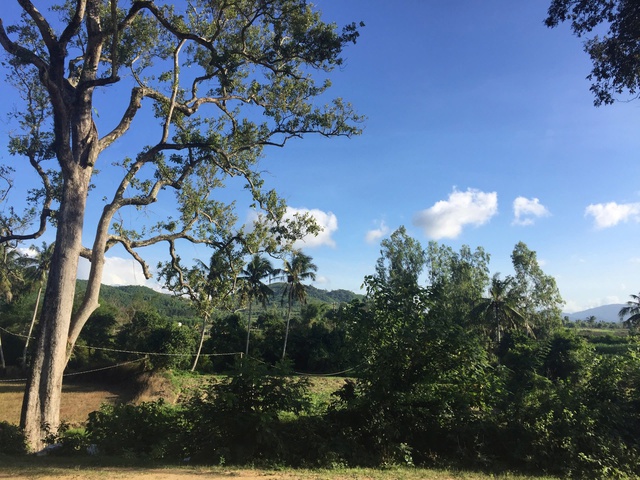
From An Khe Dinh looking towards Mo O mountain
PHOTO: ANDREW HARDY (2018)
An Khe Plateau is located on an important trade route between the lowlands and the highlands, and has a strategic role in Vietnamese history. However, this area only really received more attention when the Nguyen Dynasty realized its importance in dealing with the expansion of French colonialism from the 1860s. Therefore, from 1864 to 1888, the court deployed 3 waves of migration to reclaim land, expand the territory and assert control over this land.
The book begins with the journey westward from Quy Nhon port of French Consul Auguste Eugène Navelle to the An Khe plateau in December 1884. Through Navelle's travel diary, Professor Andrew Hardy reconstructs the entire political, military and economic context of the region during this period. From there, the book delves into the analysis of the Nguyen Dynasty's land reclamation projects.
After the Nham Tuat Treaty (1862) was signed between the Hue court and the French-Spanish coalition, Dai Nam was forced to cede three provinces in the eastern part of Cochinchina to France. The loss of territory caused a great shock, forcing the Nguyen Dynasty to rethink its strategy of protecting the border areas. In that context, the An Khe plateau became an important area, not only in terms of military but also as an area with economic potential that needed to be exploited.
The court carried out three large migrations from 1864 to 1888 with the goal of turning An Khe into a fertile land, both serving agricultural production and strengthening the defense system.
The first project (1864 - 1867) - Difficult beginning: The first wave of migration was led by the land registry officer Nguyen Duc Thang. He was assigned to organize land reclamation and settlement for people from the plains to the highlands. However, due to lack of management experience, combined with harsh natural conditions and rampant malaria, the project almost failed. As a result, Nguyen Duc Thang was demoted and transferred to work in Quang Ngai.
Second Project (1870 - 1872) - Continuing the experiment: To continue the migration plan, the court assigned local official Dang Duy Hanh to take charge. He used incentives such as tax exemptions, land grants and financial support for the people, but the results were still not as expected. The process of land reclamation and village construction continued to face difficulties due to lack of manpower and resources.
Third Project (1877 - 1888) - A turning point: Under the leadership of Phan Van Dien, the third wave of migration made significant progress. Within just a decade, more than 800 hectares of rice fields were reclaimed, 590 households settled, and 30 new villages were formed along the Ba River. This success created the premise for the establishment of a new administrative unit, making An Khe a developed land and an important position in the Nguyen Dynasty's territorial defense strategy.
THE INTERSECTION BETWEEN THE SOUTH AND THE FRENCH
The History of the Reclamation of the An Khe Plateau, 1864-1888 is a painstaking research work that sheds light on a little-known period of Vietnamese history. The use of Nguyen Dynasty records is a special feature, providing insight into immigration policies, land management, and the relationship between the Hue court and local communities.
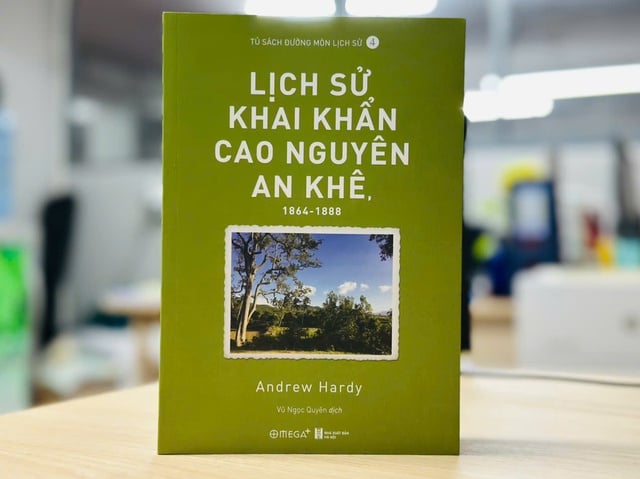
Cover of the book History of the reclamation of An Khe plateau, 1864-1888
PHOTO: NGUYEN QUANG DIEU
Professor Andrew Hardy also combined field survey methods to verify information in historical documents. Through this, he made important discoveries, such as the existence of defensive works, traces of villages and archaeological sites proving the development of this land thousands of years ago.
With his honest history, Professor Andrew Hardy proved that Tran Van Thieu - who was recently enshrined in An Khe Truong - was Phan Van Dien's subordinate in An Khe, and Phan Van Dien asked the king for pardon so he could go to An Khe to help him; showed a straightforward and capable Tran Hy Tang, who unfortunately died too early from illness at the age of 38; clarified the role and contributions of Phan Van Dien and brought his name back to its rightful place for posterity to honor...
One of the interesting points of the book is the analysis of the interaction between Dai Nam and France in the An Khe plateau. While the Nguyen court tried to assert its sovereignty by organizing migration projects, the French also gradually sought to expand their influence through trade, missionary activities and politics. The book raises many thoughtful questions about how the parties competed and interacted with each other in this border area.
In addition to its historical value, the book also provides important lessons on immigration policy and development of the highlands. The problems that the Nguyen Dynasty faced in the 19th century - such as population management, resource exploitation and relations with ethnic minorities - are still relevant in the current context.
The history of the reclamation of the An Khe plateau, 1864-1888 is an important contribution to Vietnamese history, not only helping readers better understand a little-studied historical period, but also evoking many thoughts on the country's strategy for developing and protecting its borders.
With a scientific, logical and rich writing style, the book will be a useful document for those who want to explore the history of the Central Highlands region and the border policy of the Nguyen Dynasty.
Source: https://thanhnien.vn/sach-hay-giai-ma-lich-su-khai-khan-cao-nguyen-an-khe-1864-1888-185250411224433138.htm




![[UPDATE] April 30th parade rehearsal on Le Duan street in front of Independence Palace](https://vstatic.vietnam.vn/vietnam/resource/IMAGE/2025/4/18/8f2604c6bc5648d4b918bd6867d08396)
![[Photo] Prime Minister Pham Minh Chinh receives Mr. Jefferey Perlman, CEO of Warburg Pincus Group (USA)](https://vstatic.vietnam.vn/vietnam/resource/IMAGE/2025/4/18/c37781eeb50342f09d8fe6841db2426c)


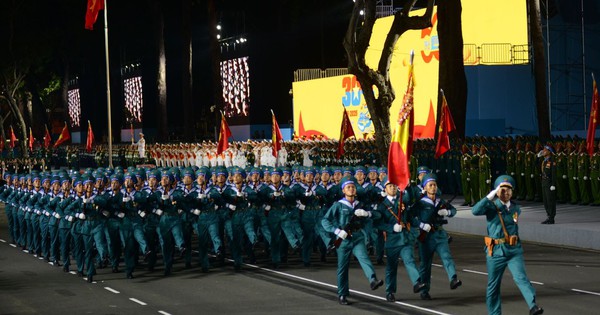
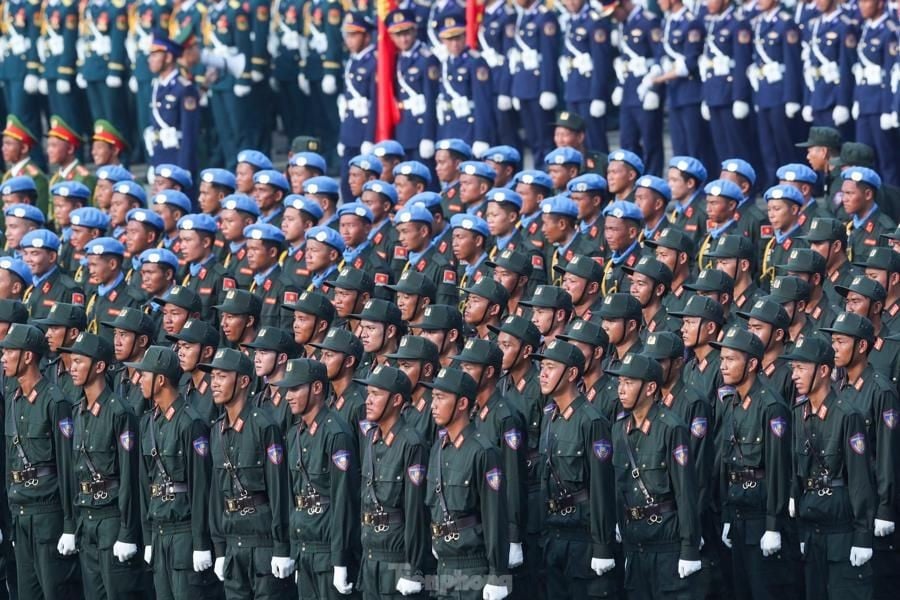
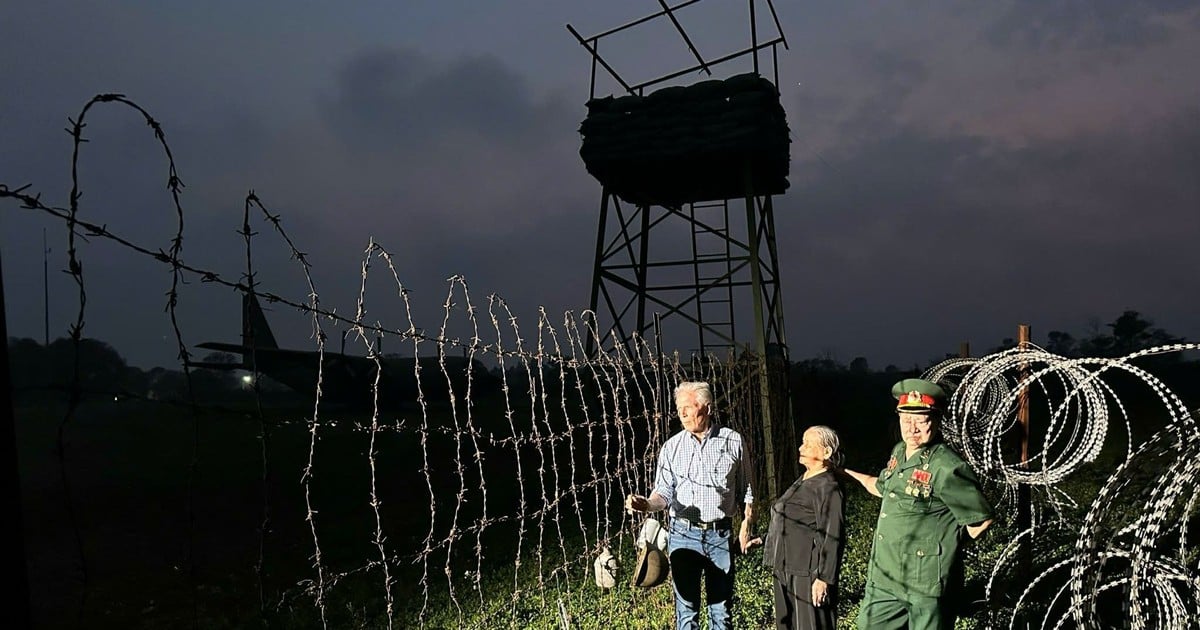









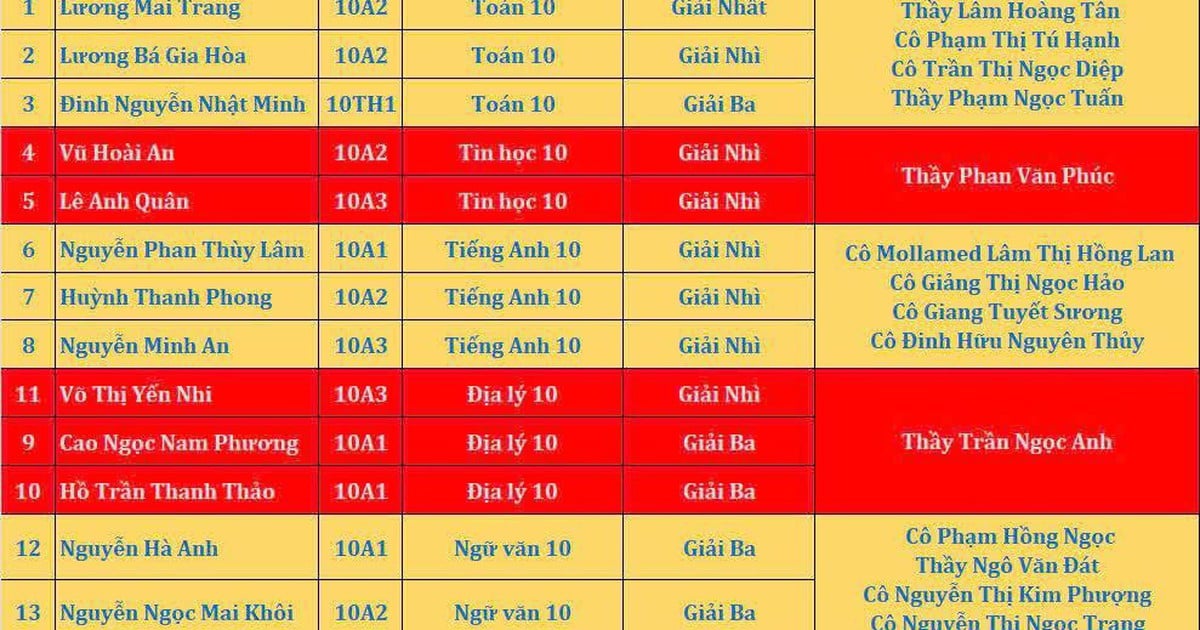




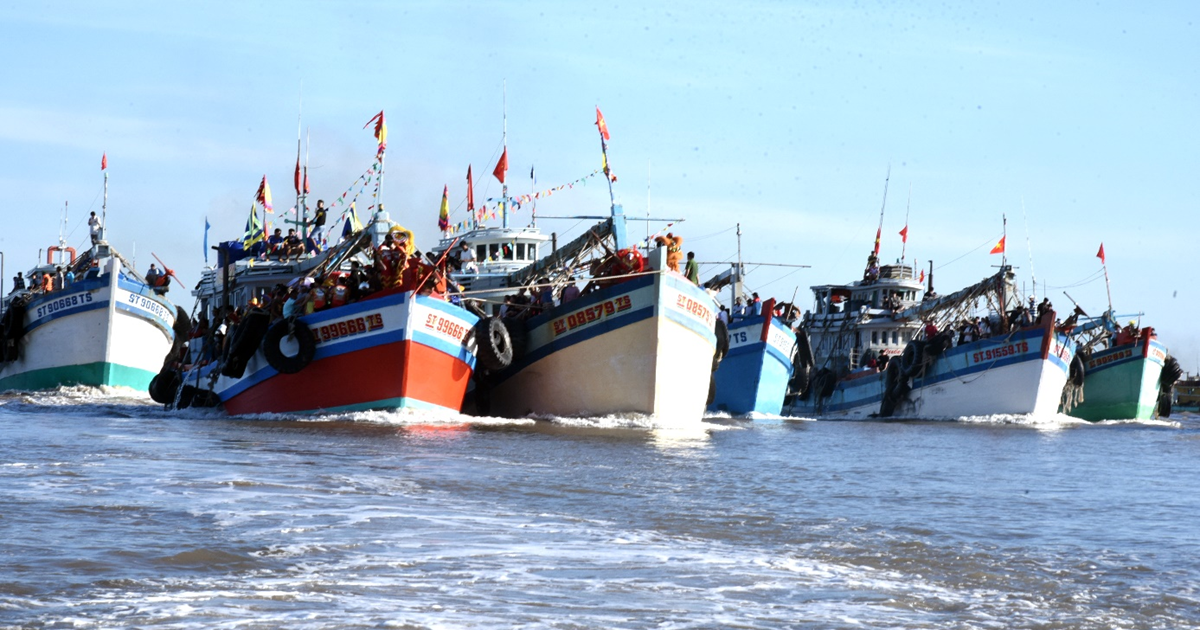




























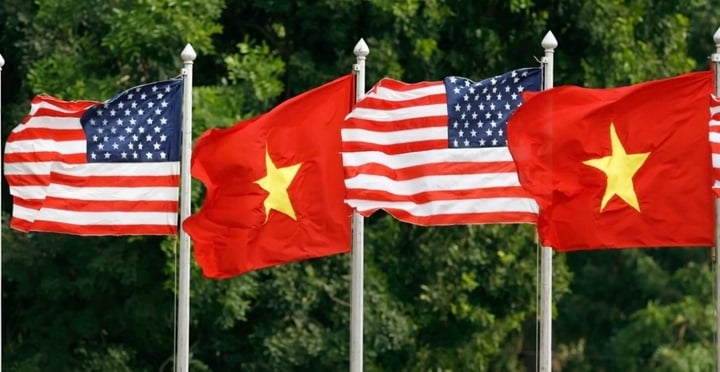

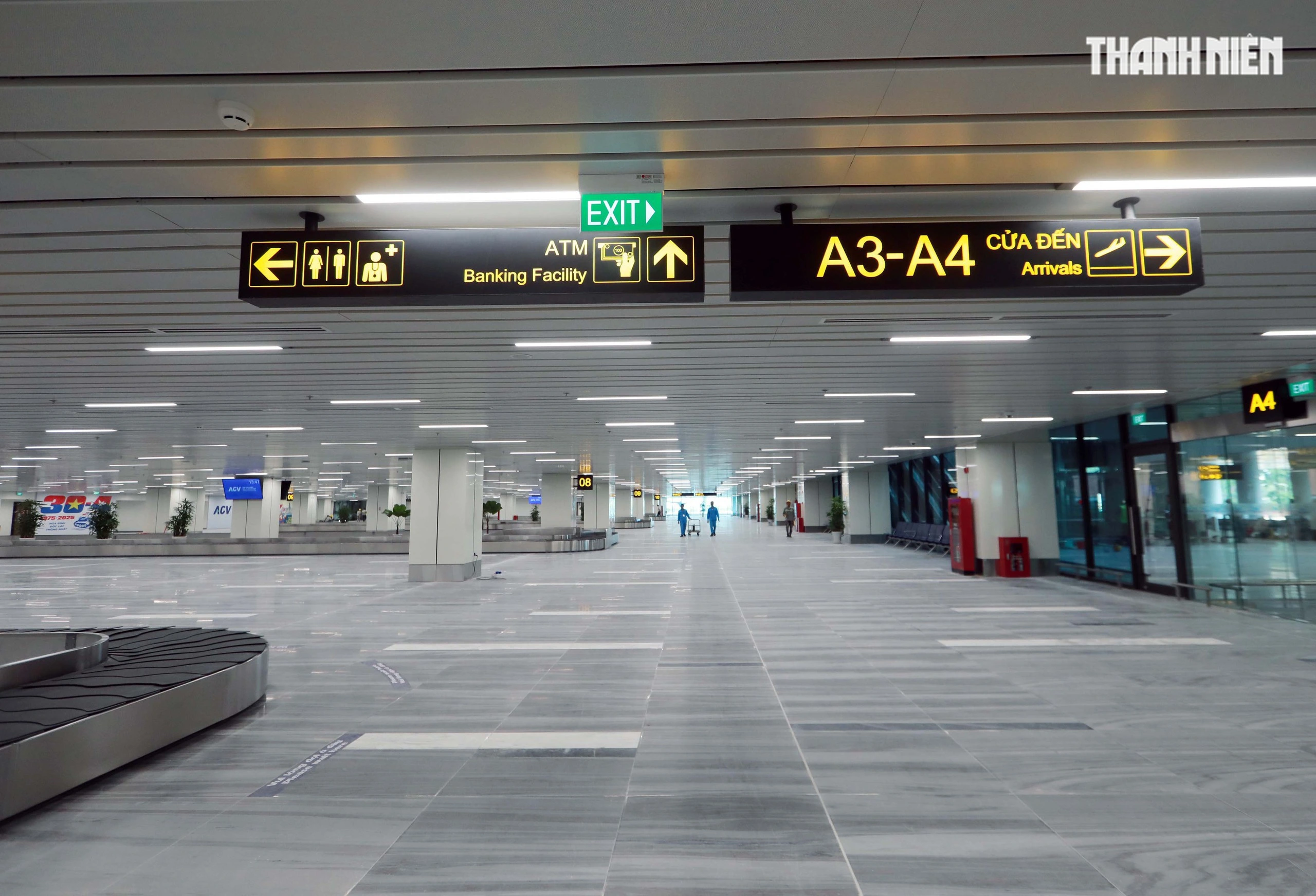
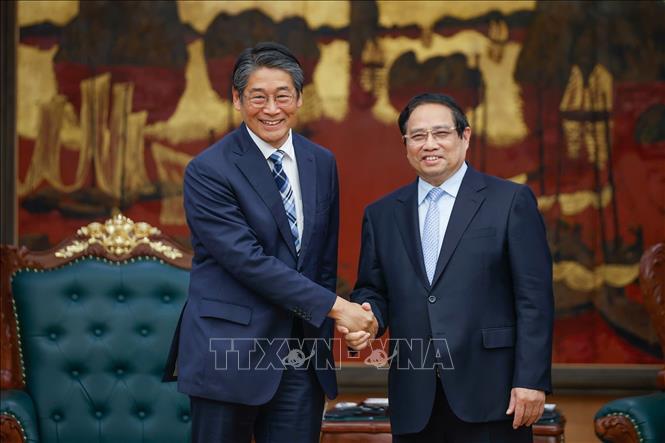











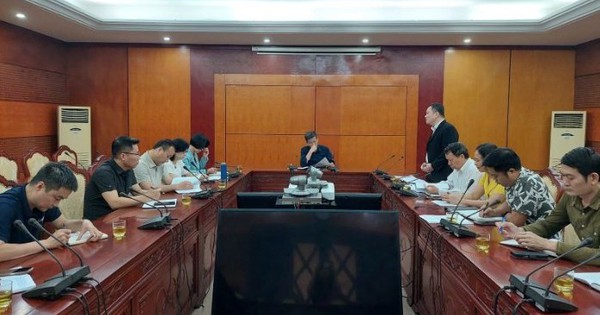
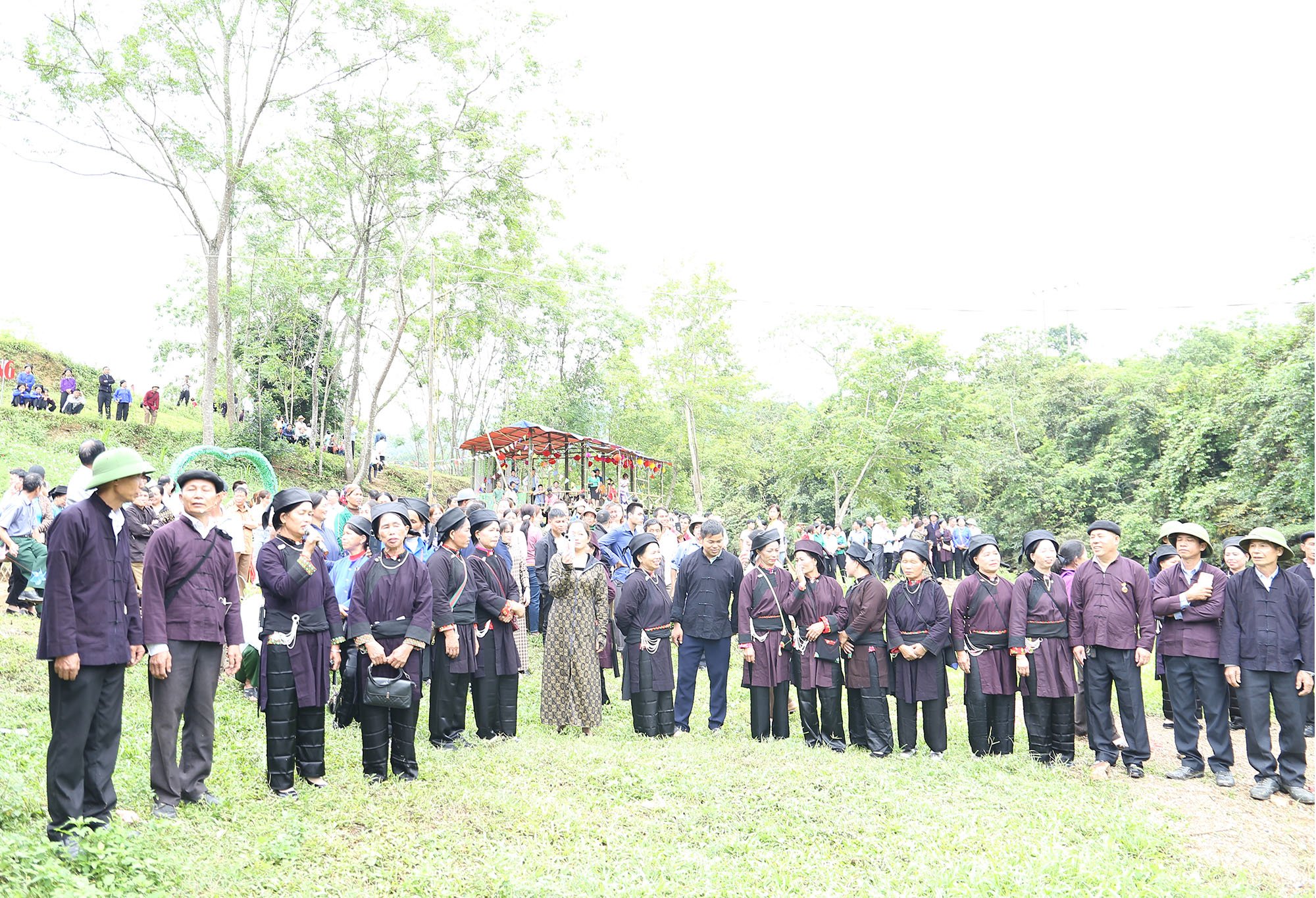
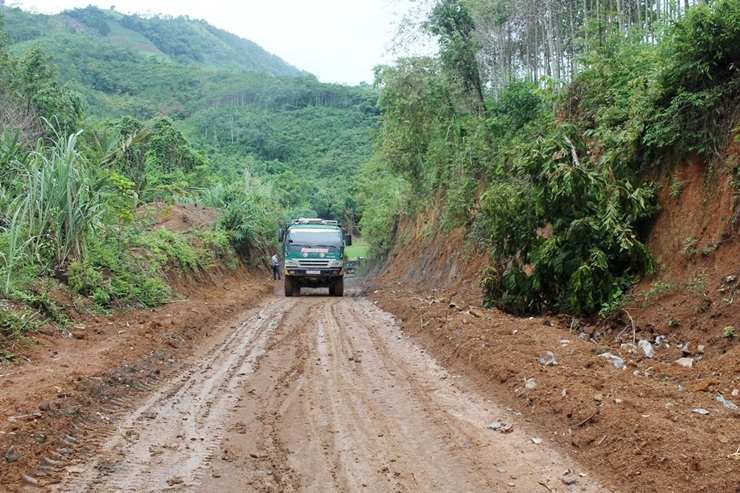

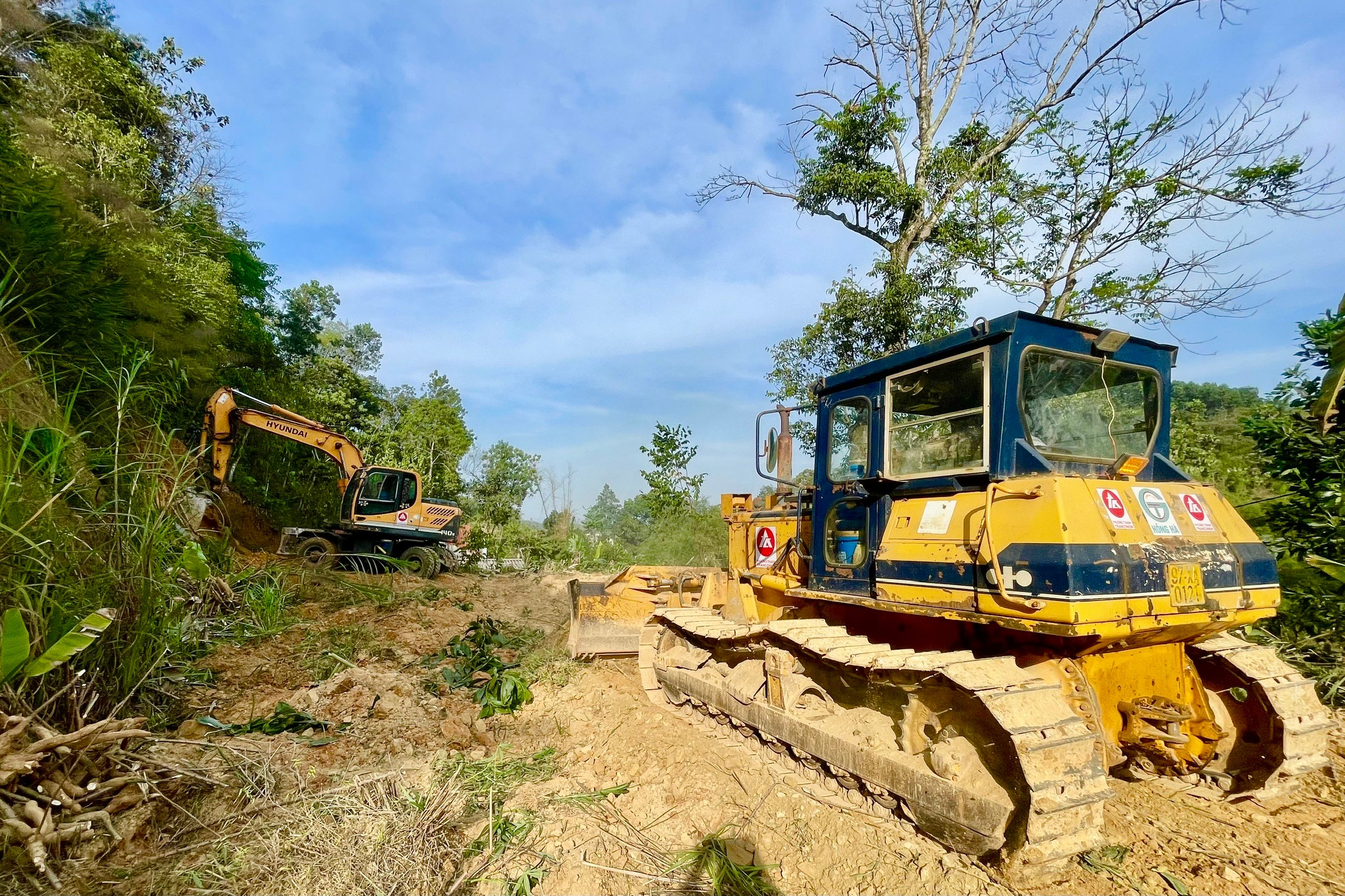
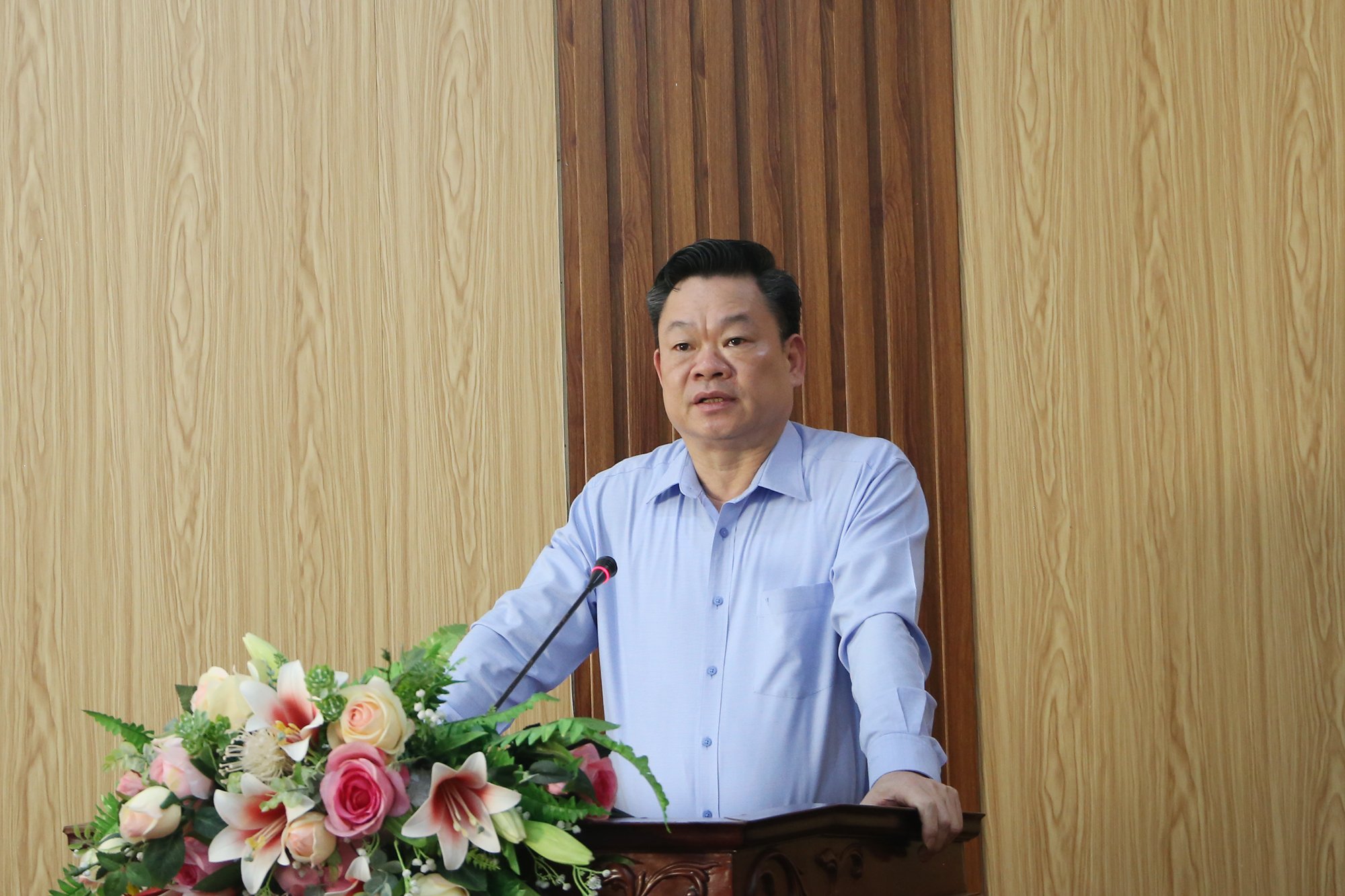












Comment (0)